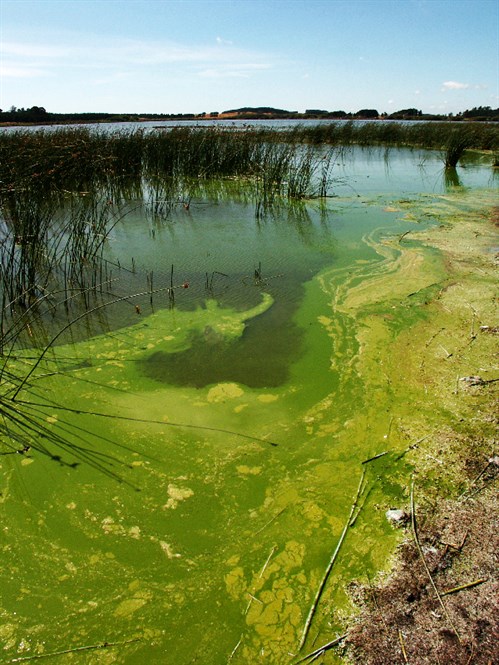-
Why this status?
Click here for detailed information on water quality monitoring
The scienceWater quality information
LAWA shows the best available water quality information to help you decide where to swim. In the Auckland region, the water quality of swimming sites is predicted using models that take into account environmental conditions such as rainfall, wind, and tides to estimate current levels of faecal indicator bacteria (FIB) in the water. The water quality status is also updated when unexpected events, such as sewage overflows, are detected, ensuring you have the most up-to-date information.
Predicted risk status
Latest E. coli resultPredicted water quality
10:30 pm todayThe latest predicted result is checked every 15 minutes so you can see the current water quality status for this site.
Reminder
Heavy rain flushes contaminants from urban and rural land into waterways and we advise you not to swim for 2 – 3 days after heavy or prolonged rain – even at sites that generally have good water quality. Check that the water is clean and clear before taking a dip.
Toxic algae can rapidly bloom to harmful levels, and not all freshwater sites are monitored for toxic algae. Play it safe — if you can see toxic algal blooms in rivers or lakes, avoid contact or choose another site to swim.
What do the results mean?
Suitable for swimming – The current prediction is that this site has a low health risk and is likely to meet national water quality guidelines for swimming.Unsuitable for swimming – The current prediction is that this site has a high health risk and is unlikely to meet national water quality guidelines for swimming.Not available – Data temporarily unavailable.Learn more
See factsheets for more information.
-
What about my dog?
Information about toxic algae
Dog ownersKeeping your dog safe and healthy this summer
A trip to a lake is a lot of fun and knowing how to keep your dog safe means you are able to relax and enjoy the adventure even more. Toxic algae can be harmful to dogs (and us) – this section shows you what to look for.

What to do
-
The best thing you can do to keep yourself, your kids and your dog safe is to know what toxic algae looks like and avoid it.
-
If you are not sure, keep your dog on a lead at a lake and don’t let them in or near the water. Bring water from home for your dog so that they don’t need to drink out of the lake.
What is toxic algae?
Toxic algae, known scientifically as cyanobacteria, are naturally occurring in rivers and lakes in New Zealand, including waterways with good water quality. Most of the year it is present in lakes at low levels that are not much of a danger. But algae can be a problem during the summer months, when warm temperatures and nutrients in the lake create an environment where it can thrive, forming extensive blooms which can be toxic to humans, dogs, livestock and wildlife.
Scientists do not yet understand when and why this algae turns toxic, so to be safe, always treat it as toxic.
Dogs are particularly susceptible to poisoning from toxic algae as they may drink lake water or play in the water.
What to look for
Toxic algae grows within the water column in lakes and cause the water to become murky or cloudy.
These free floating algae blooms in lakes are generally green in colour and can look like paint, petrol or pea soup. It can also form foam or scum on the water’s surface, especially at the water’s edge. Sometimes blooms may not be very visible.
Council staff monitor for toxic algae in lakes where blooms are known to occur. Blooms can occur very suddenly (within an hour) so please alert your regional or unitary council if you notice a new algal bloom in a lake.
What if my dog has eaten toxic algae?
If you suspect that your dog has eaten toxic algae, you should contact your vet as soon as possible. Signs a dog has been poisoned by toxic algae include lethargy, muscle tremors, fast breathing, twitching, paralysis and convulsions.
Find out more about toxic algae here
-
-
What's at this site?
Find out all recreational activities and facilities at this site
Activities & facilitiesSite suitable for these activities and has these facilities
Our lakes, rivers, and beaches are great natural playgrounds but they can be unpredictable. Be aware of other potential risks such as rips, strong currents, sudden drop offs, or underwater objects before jumping in. LAWA recommends that you avoid swimming for 2 - 3 days after heavy rainfall and follow the advice of any warning signs in place.
Activities
Swimming
Boating
Walking
Facilities

